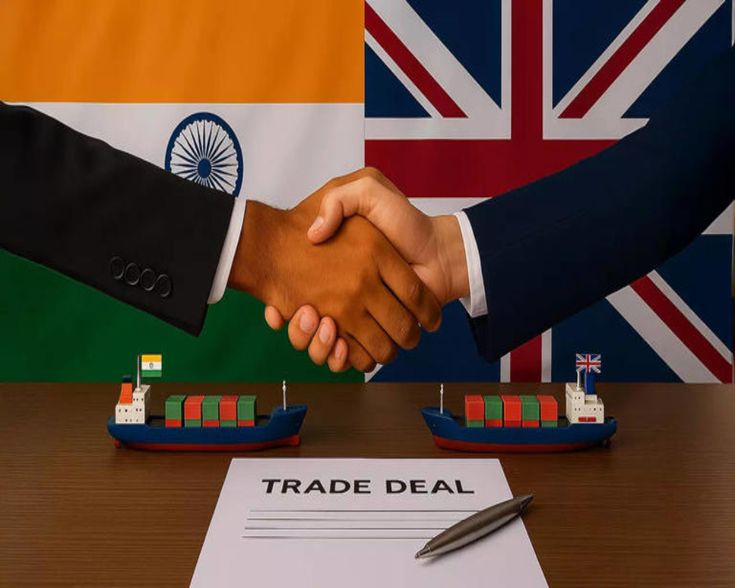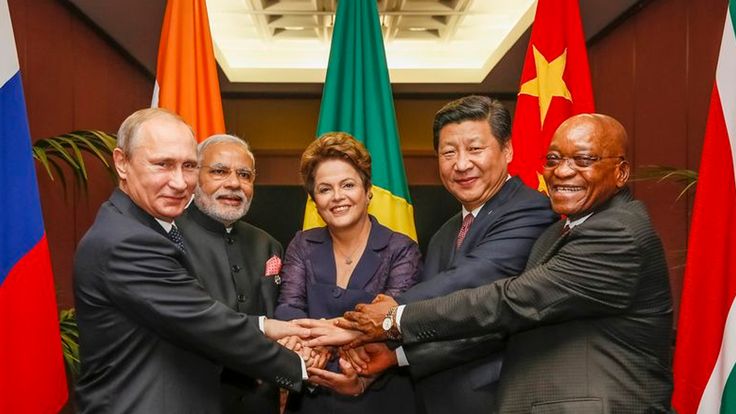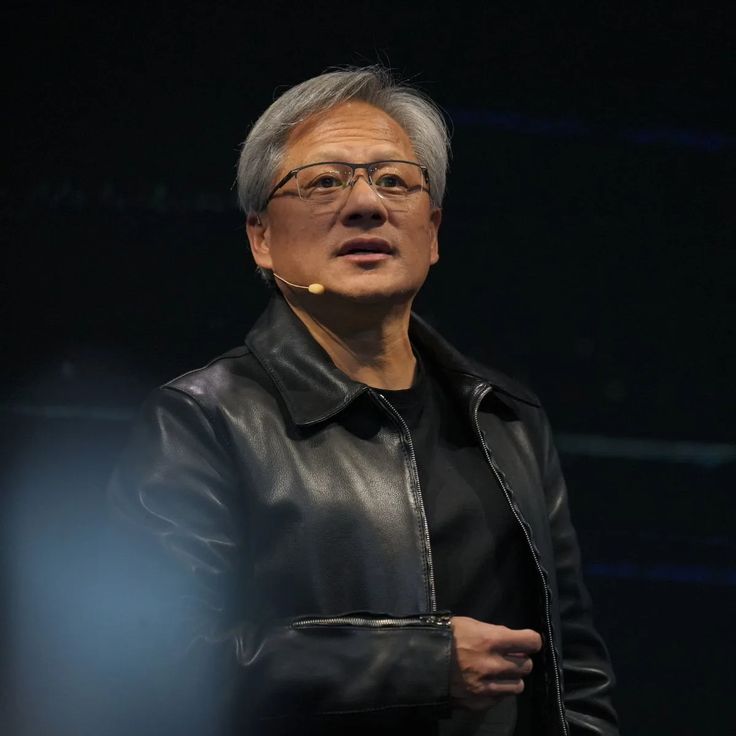India eyes quick EU trade deal as Trump pushes higher tariffs — India’s Commerce Minister Piyush Goyal has announced that the country is close to finalising large portions of its ambitious free trade agreement (FTA) with the European Union (EU). His comments come just as US President Donald Trump is urging the EU to impose tariffs of up to 100% on India and China, citing their purchases of Russian oil.
The juxtaposition of events highlights a dramatic moment for India’s trade diplomacy. On the one hand, India is accelerating its engagement with Europe, hoping to secure a landmark FTA by the end of the year. On the other hand, Trump’s aggressive tariff campaign threatens to complicate India’s global trade strategy and test its ability to balance relations with multiple major powers.
This in-depth analysis examines the India-EU trade talks, Trump’s tariff demands, responses from key players, and the broader implications for international trade, energy security, and diplomacy.
Trade Talks Progress: Why India Eyes Quick EU Trade Deal as Trump Pushes Higher Tariffs
India and the EU relaunched FTA negotiations in 2021 after nearly a decade-long pause. Over the past three years, both sides have accelerated efforts to conclude the agreement, which would be the largest of its kind involving the EU.
Commerce Minister Piyush Goyal recently revealed that 60–65% of the trade deal’s chapters have already been finalised. Speaking ahead of EU Trade Commissioner Maros Sefcovic’s arrival in Delhi for the 13th round of negotiations, Goyal said:
“By the time my counterpart Maros Sefcovic, the EU trade commissioner, and Mr Christophe Hansen, the EU agriculture commissioner, come to India, I think we will be quite set to try and conclude the agreement substantially.”
The statement underscores why India eyes quick EU trade deal as Trump pushes higher tariffs: completing an FTA with Europe would give India a strong counterbalance to growing Western trade frictions triggered by Washington.
Trump’s Tariff Push: Why India Eyes Quick EU Trade Deal as Trump Pushes Higher Tariffs
At the same time, Trump is lobbying the EU to impose 100% tariffs on Indian and Chinese goods. The rationale: both countries are major buyers of Russian oil, which helps sustain Moscow’s economy and its war in Ukraine.
Trump has already slapped a 50% tariff on Indian goods entering the US, including a 25% penalty for India’s continued transactions with Russia. He argues that Europe must “match America’s toughness” to force Russia into submission.
The timing explains why India eyes quick EU trade deal as Trump pushes higher tariffs — New Delhi sees the EU as an alternative market that could cushion the impact of potential US restrictions.
EU’s Trade Strategy: Balancing FTAs and US Pressure
The EU is eager to expand its footprint in India, already its largest trading partner with bilateral trade reaching $135 billion in 2022–23. Around 6,000 EU companies operate in India, spanning sectors from automobiles to digital services.
Brussels also wants to reduce dependence on China while diversifying global supply chains. This explains the bloc’s enthusiasm for an India deal.
However, India eyes quick EU trade deal as Trump pushes higher tariffs because Washington’s demands put Europe in a difficult position. Brussels must weigh maintaining unity with the US against preserving strong trade ties with both India and China.
Maritime and Strategic Cooperation
The talks are not limited to trade. The EU’s Political and Security Committee (PSC) delegation arrived in Delhi to discuss foreign policy, defence, and security cooperation. Recently, India and the EU conducted their first joint naval exercise in the Indian Ocean, aimed at boosting maritime security.
This strategic engagement adds a geopolitical layer to why India eyes quick EU trade deal as Trump pushes higher tariffs — the agreement is about more than economics; it is about positioning India as a key partner in Europe’s Indo-Pacific strategy.
Ukraine War Context: Why India Eyes Quick EU Trade Deal as Trump Pushes Higher Tariffs
Trump’s tariff push is driven by the intensifying Ukraine war. Russia recently carried out its heaviest bombardment since 2022, striking Kyiv’s main government building and killing over 20 civilians in Donbas.
Trump argues that China and India’s purchases of Russian oil are undermining sanctions. Treasury Secretary Scott Bessent reinforced this, saying Washington is ready to escalate economic pressure but needs Europe’s cooperation.
In this context, India eyes quick EU trade deal as Trump pushes higher tariffs because securing a trade pact with Brussels would help insulate New Delhi from US-driven economic turbulence while maintaining its neutral stance on the Ukraine conflict.
India’s Position on Russian Oil
India has consistently defended its right to purchase oil from Russia. Officials argue that as a developing country with 1.4 billion people, affordable energy is non-negotiable. Commerce Minister Goyal has repeatedly said India will buy oil “from wherever it gets the best deal.”
This is why Trump’s tariffs risk clashing with India’s domestic priorities. And it further explains why India eyes quick EU trade deal as Trump pushes higher tariffs: diversification of trade partners is a shield against external pressures.
EU’s Energy Dependence and Trade-Offs
Even as the EU champions sanctions on Russia, about 19% of its natural gas imports still come from Moscow. This weakens Brussels’ case for demanding that India cut ties with Russian energy.
Thus, when India eyes quick EU trade deal as Trump pushes higher tariffs, it highlights the contradictions in Western strategies. India argues that Europe’s continued imports make it hypocritical to penalize Delhi for the same.
Economic Stakes: Why India Eyes Quick EU Trade Deal as Trump Pushes Higher Tariffs
The numbers speak volumes:
- EU-India Trade: $135 billion in 2022–23, nearly double from a decade earlier.
- India-EFTA FTA: A $100 billion agreement signed in 2023 after 16 years of talks.
- India-UK FTA: Came into effect in July 2024, opening a new era in bilateral trade.
Against this backdrop, India eyes quick EU trade deal as Trump pushes higher tariffs because securing another FTA with a major bloc strengthens India’s role as a global trade hub while buffering against tariff threats.
Global Reactions
- Ukraine: Welcomed Trump’s tariff push, hoping it would pressure Russia.
- Russia: Condemned tariffs as “economic aggression” but dismissed their impact.
- China: Opposed the idea, accusing the US of weaponizing trade.
- Indian Officials: Reaffirmed commitment to affordable energy and FTA progress with the EU.
This chorus of reactions reflects the geopolitical weight of the moment where India eyes quick EU trade deal as Trump pushes higher tariffs.

Conclusion: Why India Eyes Quick EU Trade Deal as Trump Pushes Higher Tariffs
The unfolding scenario captures the intersection of trade, geopolitics, and security. On one hand, India eyes quick EU trade deal as Trump pushes higher tariffs, seeing Brussels as a crucial partner for growth, supply chain diversification, and global influence. On the other hand, Trump’s aggressive tariff diplomacy poses challenges that could complicate India’s economic strategy.
As negotiations continue, the outcome will shape not just India-EU relations but also the future of global trade in a world reshaped by war, sanctions, and shifting alliances.
For now, India is racing against time to lock in its EU trade deal before Washington’s tariff storm grows stronger.


